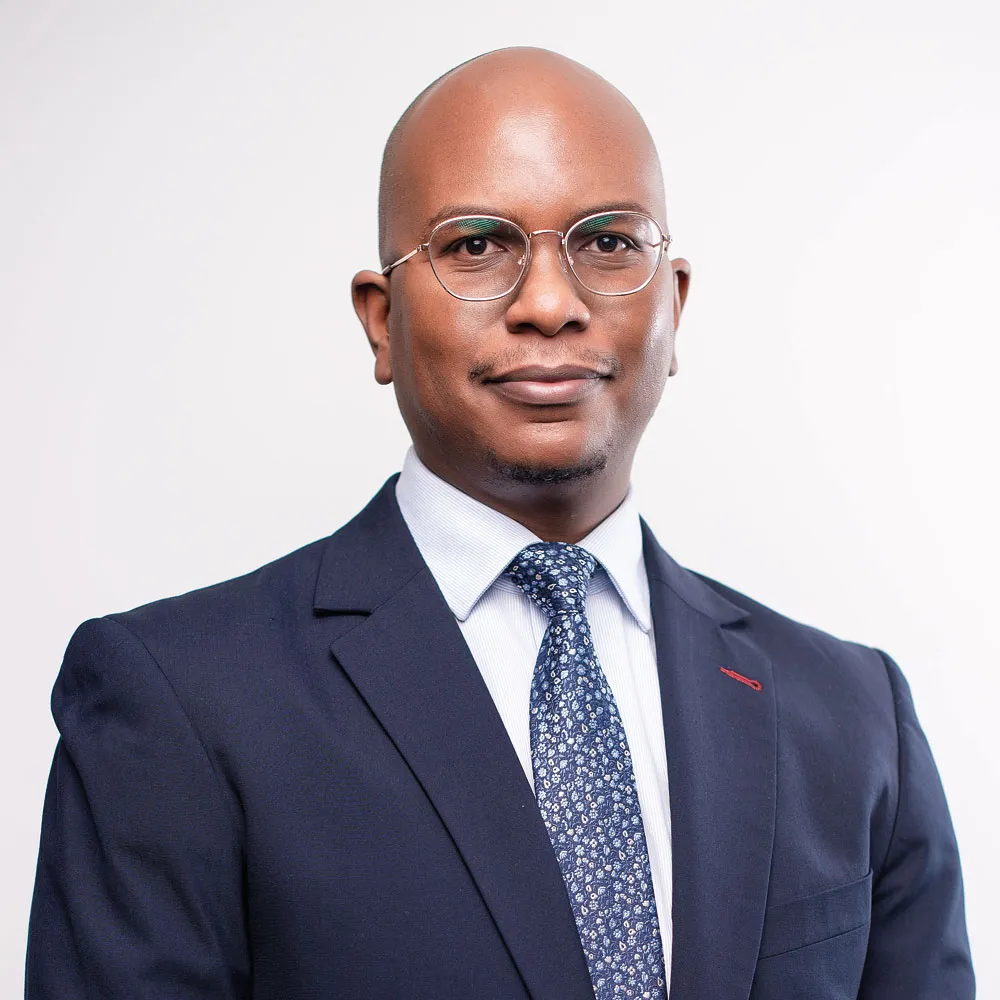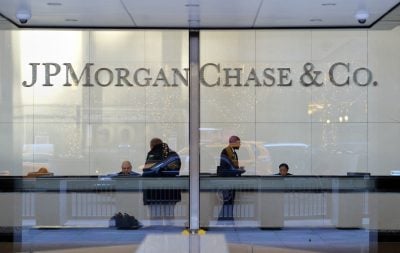This article was produced with the support of EG Capital
Africa’s growing mid-cap businesses are a vital component of the continent’s economic future. Positioned between numerous small and micro-enterprises and a few large corporations, they drive growth, innovation, and employment. The majority of companies in Africa are micro companies & SMEs, around 75% to 90% depending on the industry.
Despite their critical role, mid-cap businesses often lack access to the capital needed for growth. Mezzanine finance, a promising but underutilised form of private debt, bridges the gap between senior lending and equity. In Africa, private debt remains largely untapped, representing a missed opportunity to fund high-growth sectors like health, education, and nutrition, which need substantial investment to scale and innovate.
The shift from traditional capital structures and Africa’s private debt gap
The global private credit market reached new highs $ 1.7BN at the end of 2023; yet a mere 0.3% of it reaches Africa. This reflects a global shift, with more companies opting to raise capital through private rather than public markets. While private credit is more prominent in developed markets, it has also gained traction in emerging markets.
The continent faces a credit gap of $360 to $400 billion, highlighting the urgent need for new financial solutions to support growth, and liquidity. Private debt accounts for only 7% of total funding raised in Africa, significantly lagging behind other asset classes such as venture capital and private equity. Despite its advantages, mezzanine finance remains underrepresented, comprising just 3% of the private debt market in Africa. In comparison, senior direct lending dominates, accounting for 84% of all private credit in Africa.
The current state of financing for African mid-caps
Existing financing options pose significant challenges for many mid-cap businesses in Africa. Senior debt is cheap but mainly available to large-cap companies and comes with stringent conditions, including strict covenants, high collateral requirements, and a negative impact on leverage. Rigid repayment structures, particularly when companies need to invest in growth, make senior loans an imperfect solution for mid-cap companies. Moreover, senior debt provides a limited amount of capital, typically capped at 2x EBITDA, and is mostly available to large-cap companies.
Private equity offers an alternative for mid-cap companies, but it is costly and often results in a loss of ownership and management control, requiring businesses to cede ownership and share profits with investors. For many mid-cap businesses, especially family-run or entrepreneur-led ventures, maintaining control is a priority, making private equity less appealing despite the available capital.
Africa’s mid-cap businesses frequently find themselves in a financing gap—they are too large for micro or SME finance but too small or unproven for traditional private equity. With limited options, they are forced to rely on expensive or inflexible debt solutions, or they miss out on growth opportunities altogether. Mezzanine finance provides a balanced solution, allowing these businesses to grow without the burden of strict conditions or sacrificing ownership.
Why mezzanine financing outperforms for mid-cap companies
Mezzanine financing is more suitable for mid-cap companies than early-stage or venture capital-backed firms due to its hybrid structure, combining debt and equity. Mezzanine lenders typically seek steady cash flows to cover interest payments and debt servicing, which mid-cap companies with established operations are more likely to generate. In contrast, early-stage companies often lack consistent cash flow, making mezzanine financing a riskier option for them, as it requires a higher level of financial stability.
Why is mezzanine finance attractive to mid-cap businesses?
Mezzanine finance offers an ideal solution for African mid-cap businesses, providing growth capital up to 4x EBITDA without the dilution of equity or strict limits of senior debt. It suits high growth companies with strong cash flow generating companies by offering substantial funding while allowing ownership retention. Its flexible repayment options, including deferred interest, help companies manage cash flow effectively, especially in volatile markets. Additionally, tax-deductible interest payments make mezzanine finance a cost-effective alternative, balancing risk, return, and expansion potential.
Mezzanine investors often provide strategic support to the businesses they fund. Unlike equity investors, who may exert control over decision-making, mezzanine investors typically offer technical assistance, and value addition without imposing control. This allows mid-cap businesses to benefit from industry expertise while maintaining operational autonomy.
There are still gaps in the competitive landscape in Africa alternative assets, with two proven highly profitable mezzanine funds into their late vintages (Fund V or VI) namely the Rothayn Group (formerly Ethos) and Vantage Capital Management (VCM) established in the mid-1980’s, and two new entrants into their maiden Fund I vintage, namely SPE Capital covering Northern Africa and Egypt and EG Capital covering East Africa and Southern Africa. EG Capital aims leverages this opportunity . using mezzanine finance to invest in high growth mid-cap African companies in the Food, Health and Education sectors focused on job creation, climate adaptation as per the Green Climate Fund (GCF) framework, and inclusive growth, addressing key developmental challenges while delivering strong returns.
How mezzanine financing offers attractive risk adjusted returns for African institutional investors
Mezzanine financing provides a unique opportunity for pension fund investors by offering both liquidity within the investment period (i.e. avoiding the deep J-curve of private equity), as well as downside protection with some growth potential. With its hybrid structure, combining elements of debt and equity, it delivers regular interest payments while allowing for upside through equity-linked returns. This structure is particularly appealing to pension funds in markets like Africa, where liquidity and exit options may be limited.
A case in point is the Kenya Pension Fund Investment Consortium (KEPFIC), which facilitated investments by Kenyan pension funds into EG Capital’s EG-Economic Empowerment Fund LP (EG-EEF), a mezzanine growth capital fund targeting mid-cap companies in East Africa and Zambia. This investment provided Kenyan pension funds with both risk diversification in the private debt asset class and regional diversification. Sandrine Henton, Managing Director of EG Capital, explains, “For African institutional investors such as banks, pension funds, and sovereign wealth funds, investing in a USD-denominated private debt vehicle not only provides liquidity and downside protection, but also helps safeguard the foreign USD reserves of these key local institutions against economic shocks and the high volatility in currency markets, while delivering attractive risk-adjusted returns.”
This collaboration not only highlights the growing role of mezzanine financing in delivering balanced returns for institutional investors but also underscores the potential for such innovative capital structures to drive economic growth and sustainable development in emerging markets.

 Sign in with Google
Sign in with Google 



